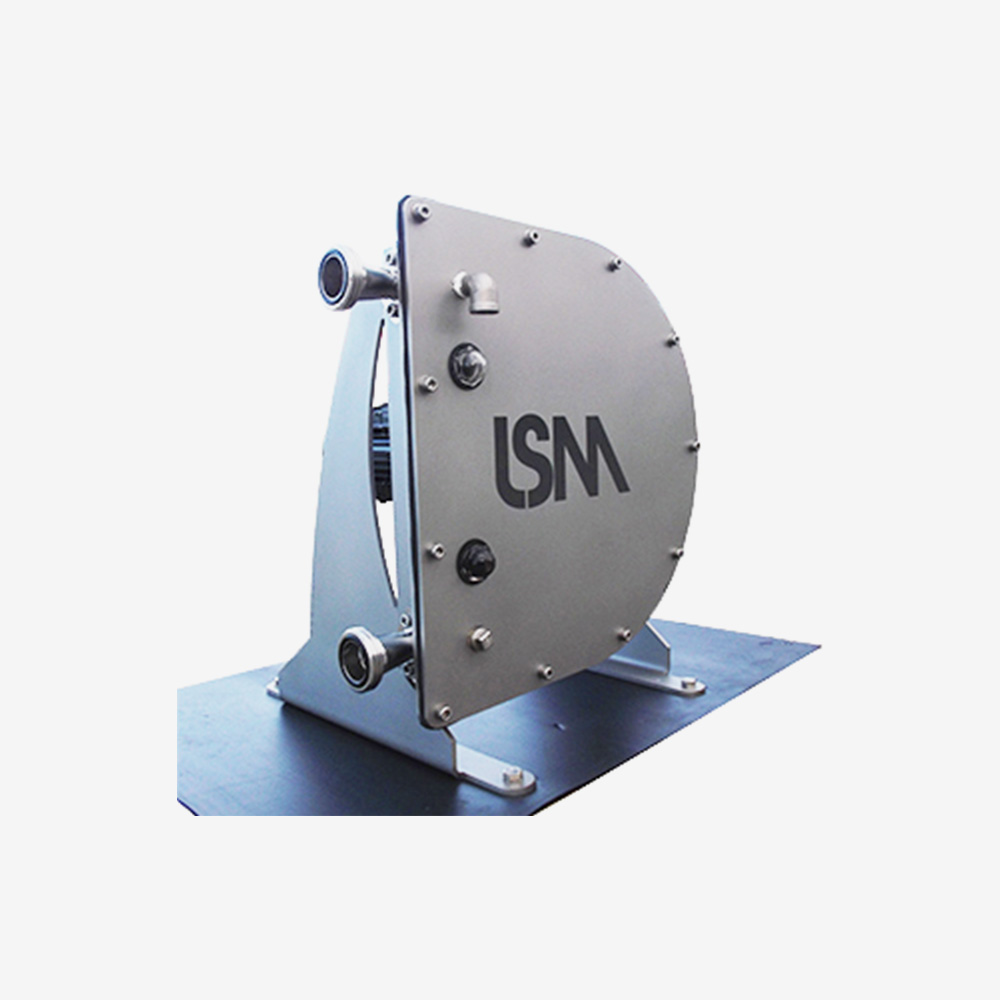Three key pumps used in food manufacturing
 Posted on 12th March, 2024 by Dura Pump
Posted on 12th March, 2024 by Dura Pump 
During processing in food and drink manufacturing, maintaining hygienic conditions to prevent contamination is critical.
Here we look at three important pump systems that are key to delivering this objective.
Diaphragm Pumps
A diaphragm pump’s key role is to look after diverse types of liquid. Loading and unloading, transferring liquid, low to high viscosity and managing the required temperature range are all key functions that deliver hygienic protection from contamination.
These pumps operate on an air-valve system to move the diaphragm rod. They are referred to as positive displacement pumps.
A positive displacement pump adds energy to a liquid. The energy is created by applying force to the liquid using a mechanical device or central air exchanger. This action ensures a fixed volume of liquid is repeatedly moved mechanically through the system.
Excellent for emptying barrels, drums and containers in the manufacturing process. They are ideal when using with abrasive or viscous products and liquids.
The Key benefits of a diaphragm pump in food manufacturing:
- Easy to maintain and replace.
- It can ‘run dry’ without causing damage to the pump, resulting in little downtime.
- Capable of delivering a high flow rate.
- Can manage solids within the liquid without clogging.
Centrifugal Pumps
Centrifugal pumps are perfect for high-flow applications. This is because they have an internal impeller that uses centrifugal force to ‘throw’ liquid and solids against the wall of the pump to force the content out as fluid.
The food and drink manufacturing industries use these pumps to transfer low-viscosity liquid cleanly and hygienically.
A very affordable option but it is important to find a supplier who understands how the full system needs to be built for the best performance at the beginning of the production line.
Excellent for low-viscosity liquids that are easily pourable such as syrups, dressings, concentrates and juices.
The Key benefits of a centrifugal pump in food manufacturing:
- Cost-effective and efficient to run.
- Can pump both hazardous and sensitive liquids.
- Very little leakage.
- Easy to maintain and replace.
- Reliable and durable.
Peristaltic Pumps
Peristaltic pumps can be used for any kind of liquid making them perfect for food manufacturing.
The liquid can be corrosive, with solids or fragile. A peristaltic pump can manage them all. This makes them ideal in commercial food production when transferring solids and liquids that are viscous. They are excellent for high-viscosity liquids that require solids to run through without damage such as fish and strawberries.
Peristaltic pumps are highly adaptable and can be tailored to suit specific needs. A full-service supplier can ensure they are introduced to a high-performing pump solution.
Peristaltic pumps can be costly to maintain and replace so it is important to choose wisely and seek advice.
Peristaltic pumps do have a slight advantage over centrifugal pumps in that they are self-priming. This means that they can start pumping without any external assistance.
The Key benefits of a peristaltic pump in food manufacturing:
- Self-priming.
- Can manage slurry through to fragile liquids.
- Delivers forward and reverse pumping.
- Cost-effective and efficient to run if the right pump solution is chosen.
- Exceptionally low risk of contamination.
Dura Pump offers full-service solutions to the food and drink manufacturing industry. High-quality pumps such as Alfa Laval, Graco, Grundfos, Liverani, Netzsch and Bominox, to name but a few, are used in these full-service solutions which deliver the best bespoke system for each and every customer we work with.







